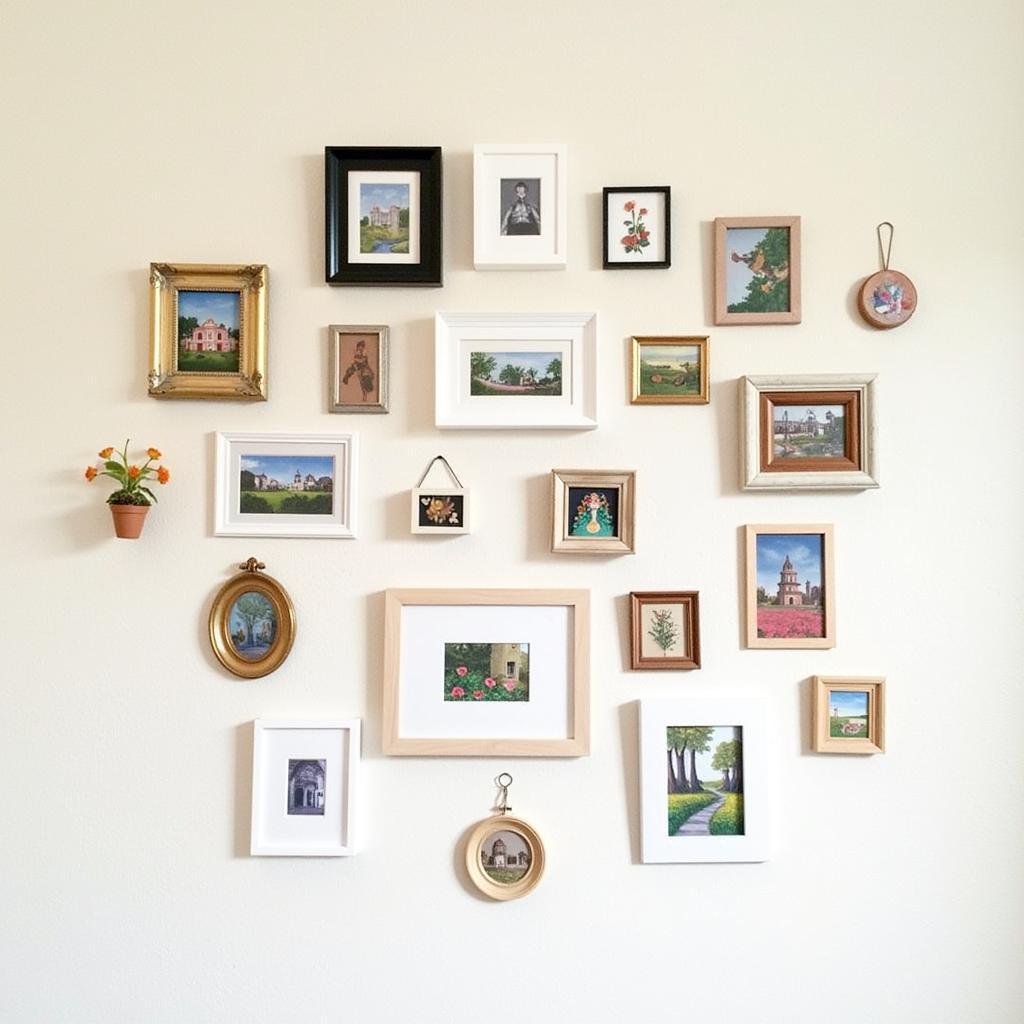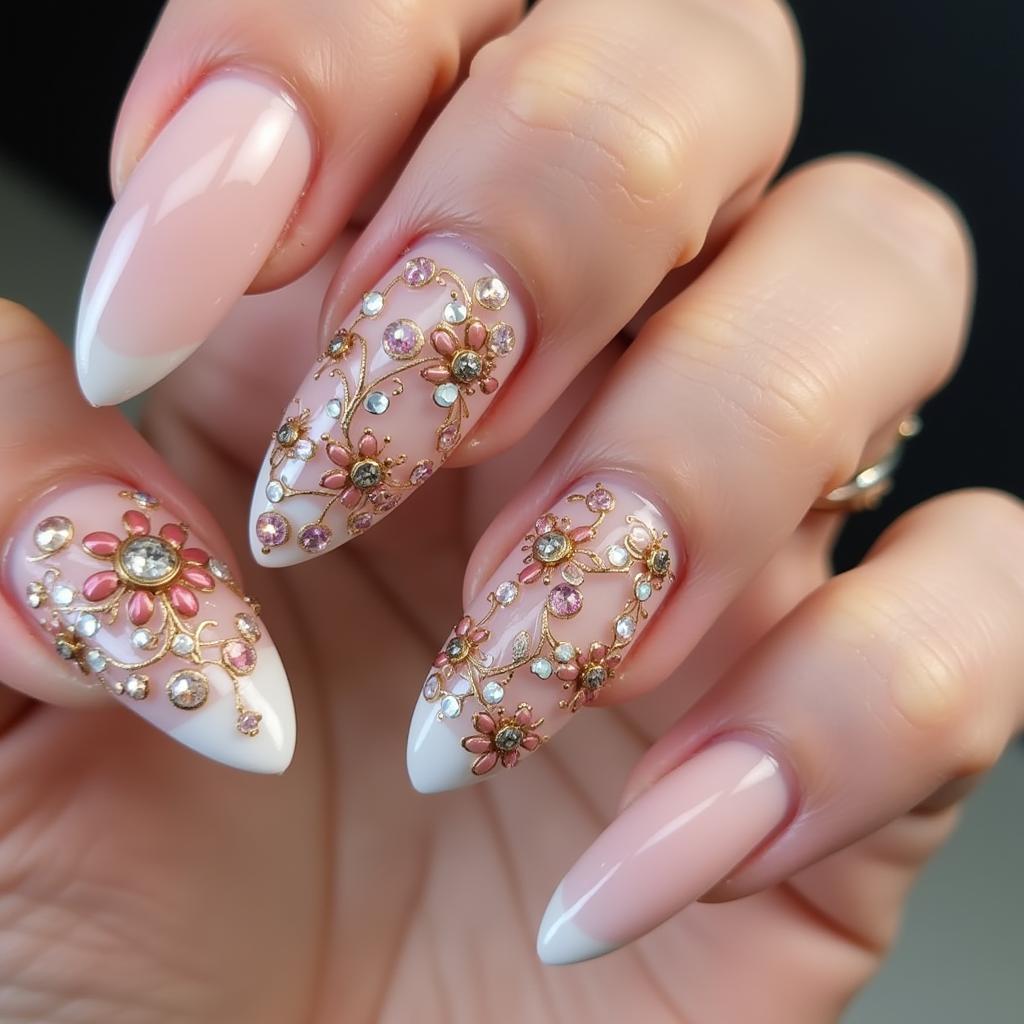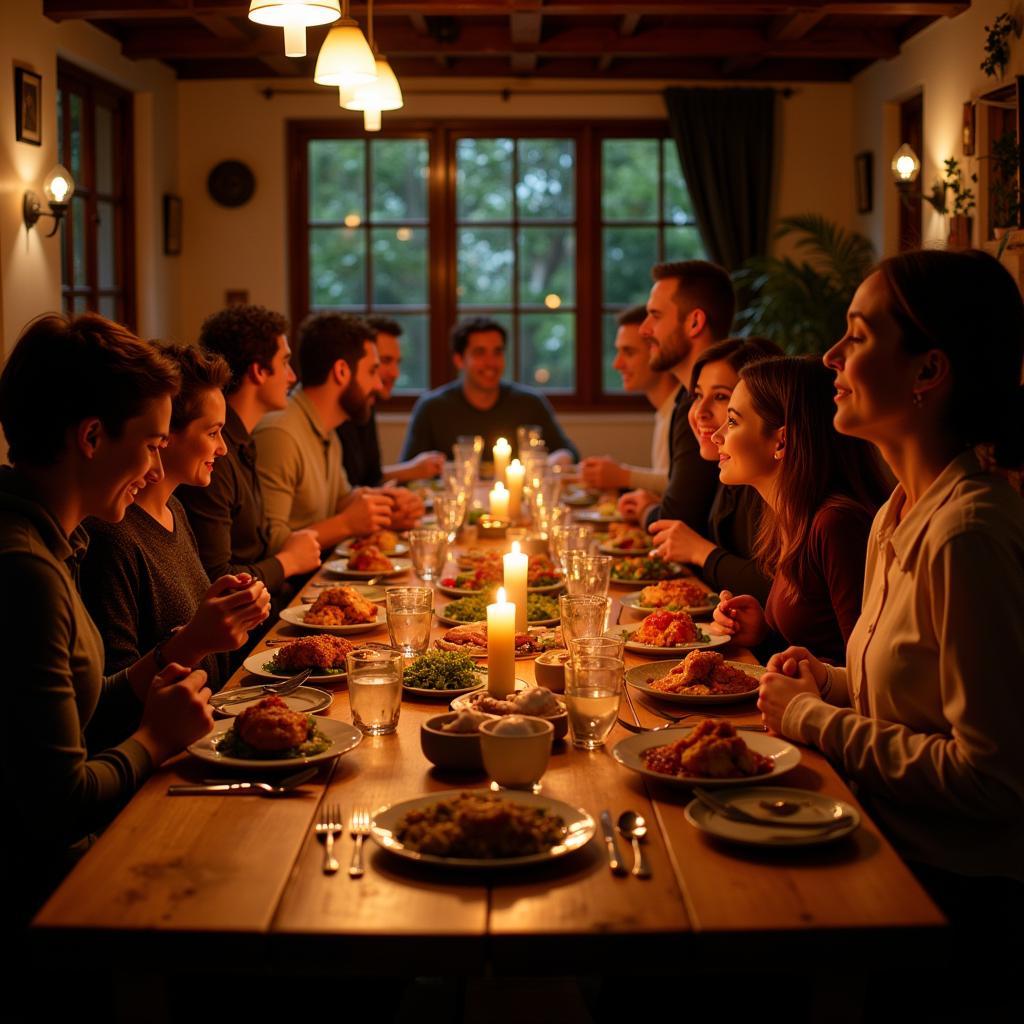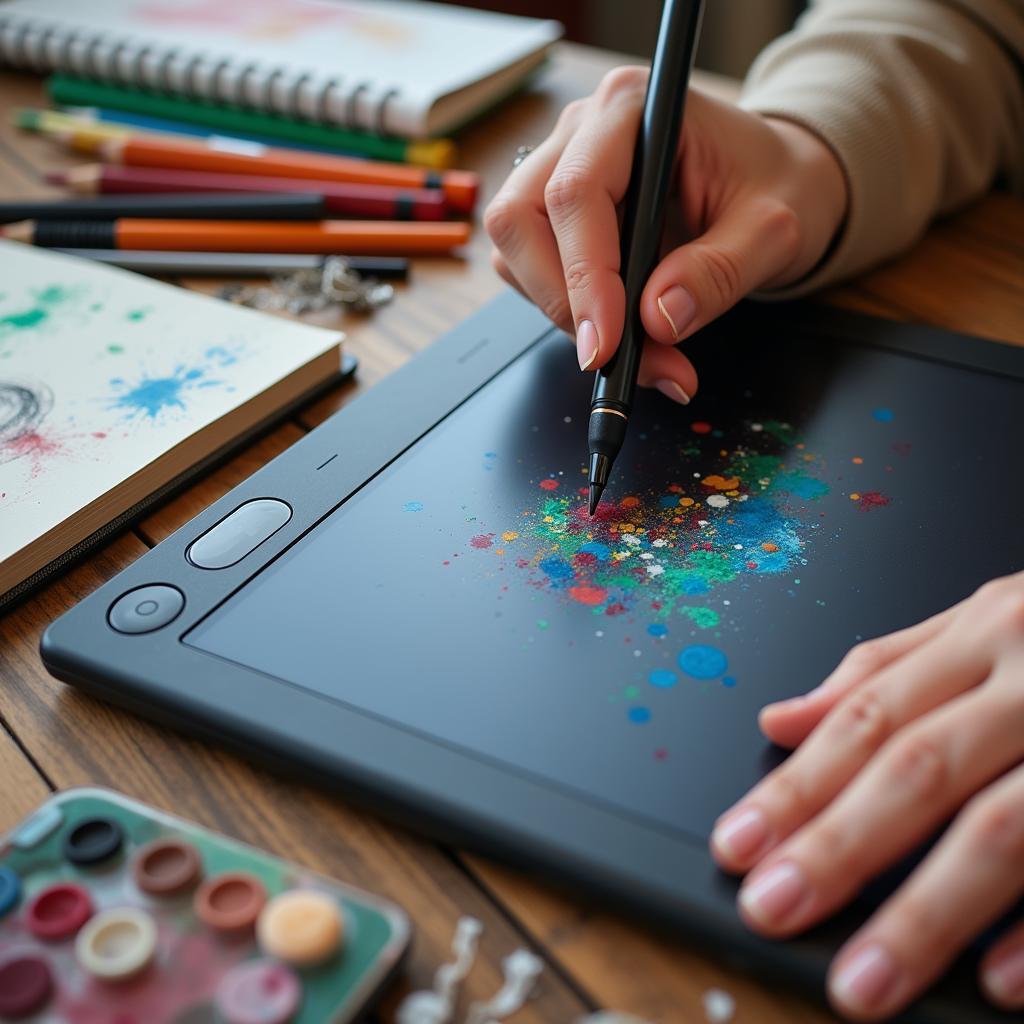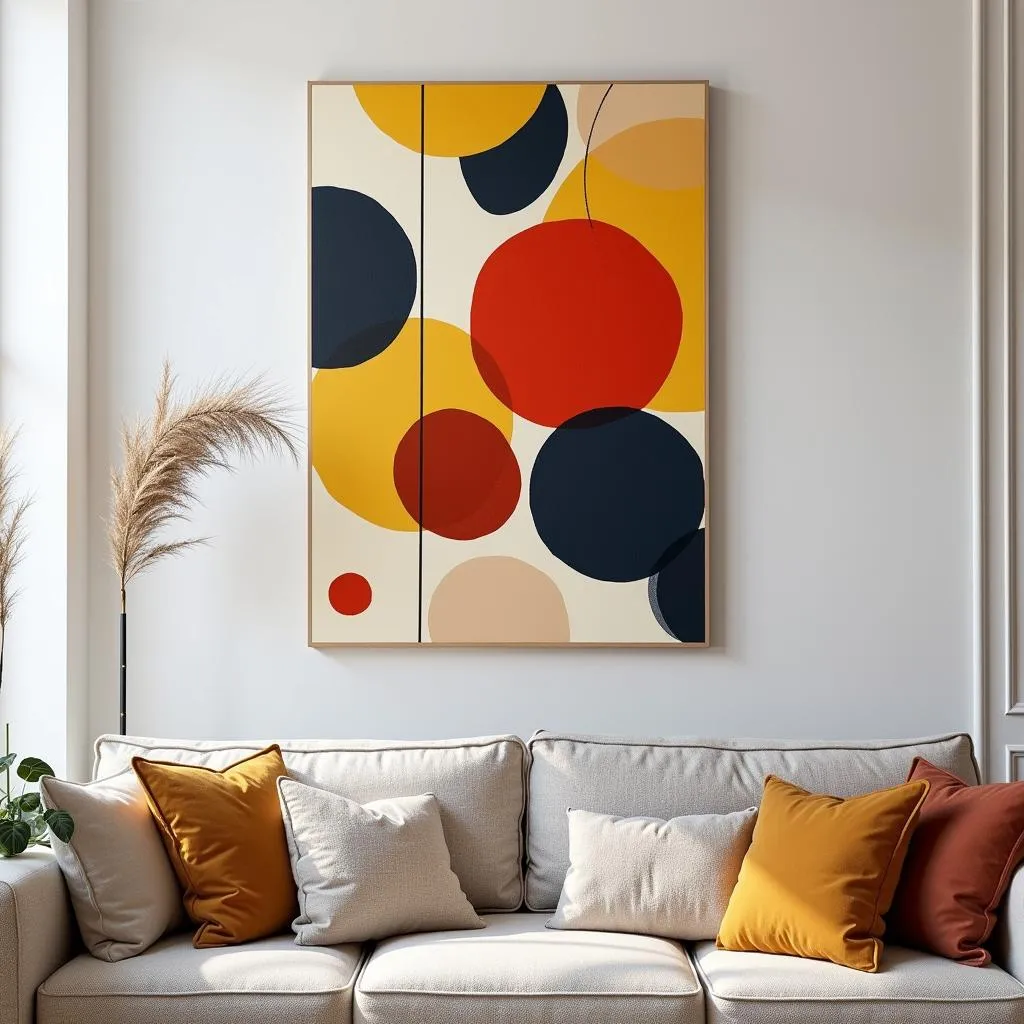Discovering the Beauty of Indigenous Wall Art
Indigenous Wall Art offers a captivating glimpse into the rich cultural heritage, spiritual beliefs, and artistic traditions of indigenous communities worldwide. From intricate carvings and vibrant paintings to woven tapestries and contemporary mixed-media installations, these artistic expressions transform spaces into living testaments of ancestral wisdom and creative ingenuity. Whether you’re an art enthusiast, a collector, or simply seeking to infuse your home with unique and meaningful decor, exploring the world of indigenous wall art is a journey of discovery and appreciation. Let’s delve into the diverse forms, symbolism, and cultural significance behind these captivating artworks.
Exploring the Diversity of Indigenous Wall Art Styles
Indigenous art forms vary widely across the globe, reflecting the unique environments, histories, and cultural practices of each community. The materials used often hold symbolic meaning, connecting the artwork to the land and its resources. For instance, Northwest Coast Native American art frequently features depictions of animals like the bear, raven, and orca, carved from cedar and adorned with vibrant paints. In contrast, Aboriginal Australian art often uses natural pigments on bark or canvas, showcasing intricate dot paintings and symbolic representations of Dreamtime stories. This makes indigenous wall art not just visually appealing but also culturally rich. You can even find echoes of these traditional methods in more contemporary native american art projects.
Understanding the Symbolism and Storytelling in Indigenous Art
Beyond their aesthetic appeal, indigenous artworks often carry deep symbolic meaning, acting as visual narratives that transmit cultural knowledge, spiritual beliefs, and historical events across generations. Each symbol, motif, and color holds a specific significance, allowing the artwork to communicate complex stories and ideas without words. For example, the spiral symbol commonly found in many indigenous cultures represents the cyclical nature of life, death, and rebirth. Understanding these symbolic languages opens up a deeper appreciation for the richness and depth of indigenous artistic traditions.
Bringing Indigenous Wall Art into Your Home
Incorporating indigenous wall art into your home decor offers a powerful way to celebrate cultural diversity, support indigenous artists, and infuse your space with unique, meaningful aesthetics. Whether you opt for a traditional painting, a woven textile, or a contemporary sculpture, these pieces can transform your walls into stunning focal points. It’s important to choose artwork that resonates with you personally and to consider the overall style and color palette of your space. Be mindful of the cultural significance of the art and avoid appropriating or misrepresenting its meaning. By thoughtfully selecting and displaying indigenous wall art, you can create a home environment that is both beautiful and culturally enriching. Want to broaden your artistic horizons? Explore the vibrant world of mexican tile art.
Choosing Authentic and Ethically Sourced Indigenous Art
When purchasing indigenous wall art, it’s crucial to prioritize authenticity and ethical sourcing. Ensure that the artwork is created by indigenous artists or through organizations that support indigenous communities. This not only ensures the integrity of the artwork but also contributes to the economic well-being of the artists and their communities. Research reputable galleries, art centers, and online platforms that specialize in indigenous art, and verify the provenance and authenticity of the pieces before purchasing. Supporting indigenous artists directly empowers them to continue their cultural traditions and share their stories with the world.
Preserving and Celebrating Indigenous Artistic Traditions
Indigenous wall art is more than just decoration; it’s a vital expression of cultural identity and a testament to the resilience and creativity of indigenous communities worldwide. By supporting indigenous artists and engaging with their work, we can contribute to the preservation and celebration of these rich artistic traditions for generations to come. Museums, cultural centers, and educational institutions play a crucial role in showcasing indigenous art and providing platforms for artists to share their stories and perspectives. Through education and awareness, we can foster a deeper appreciation for the beauty, significance, and enduring power of indigenous art. Perhaps you’re interested in exploring other art forms that connect cultures and tell stories? Discover the fascinating ways artists are mapping the world with art.
“Indigenous art is a powerful tool for cultural preservation and revitalization,” says Dr. Anya Sharma, a renowned anthropologist specializing in indigenous art. “It connects us to ancestral knowledge and provides a window into the rich tapestry of human experience.”
Conclusion: The Enduring Power of Indigenous Wall Art
Indigenous wall art provides a captivating window into the diverse cultures, spiritual beliefs, and artistic expressions of indigenous communities around the world. From traditional carvings and paintings to contemporary installations, these artworks offer a unique blend of beauty, meaning, and cultural significance. By incorporating indigenous wall art into our homes and supporting indigenous artists, we can celebrate the enduring power of these artistic traditions and contribute to their preservation for future generations. Discover the artistry of haida art prints and explore a unique artistic tradition. Or, if you prefer something closer to home, look into western canvas wall art for a distinctly different flavor. We hope this exploration of indigenous wall art has inspired you to appreciate its beauty and cultural richness.
FAQ
- Where can I buy authentic indigenous wall art?
- How can I tell if a piece of indigenous art is ethically sourced?
- What are some common symbols found in indigenous art?
- How can I incorporate indigenous wall art into my home decor?
- What are some different styles of indigenous wall art?
- How do I care for indigenous wall art?
- What is the significance of storytelling in indigenous art?
If you need any further support or guidance, please don’t hesitate to contact us. Phone: 02462573573, Email: [email protected] or visit us at Savico Megamall, 7-9 Đ. Nguyễn Văn Linh, Gia Thụy, Long Biên, Hà Nội 10000, Việt Nam. Our customer service team is available 24/7.
